
cd_nom
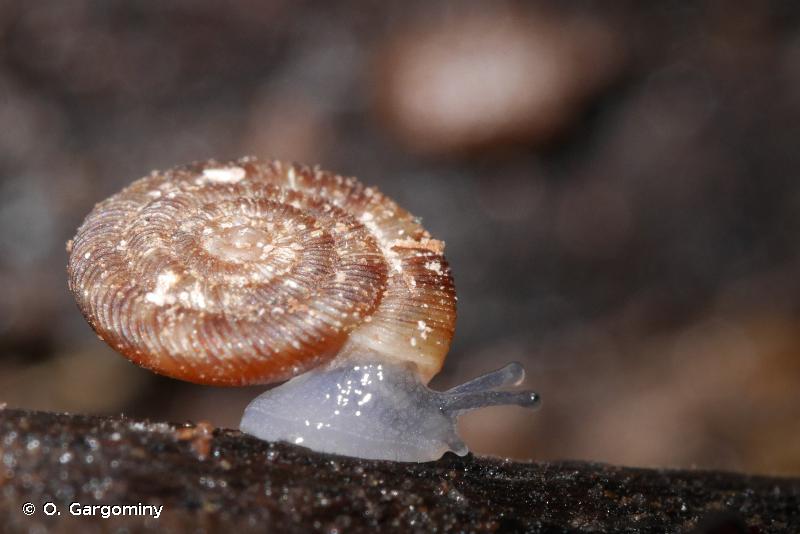
| Author : O. Gargominy |
 |
Despite the Creative Commons license, please inform the author of the use which will be made of his photo
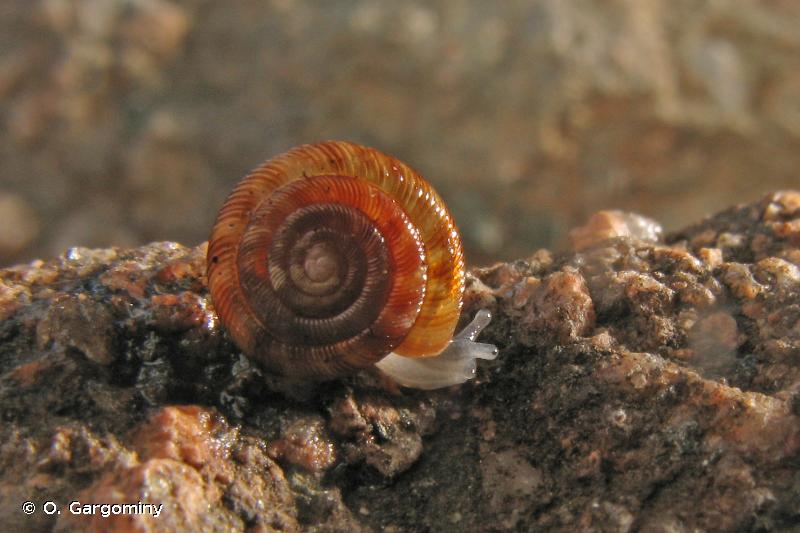
| Author : O. Gargominy |
 |
Despite the Creative Commons license, please inform the author of the use which will be made of his photo
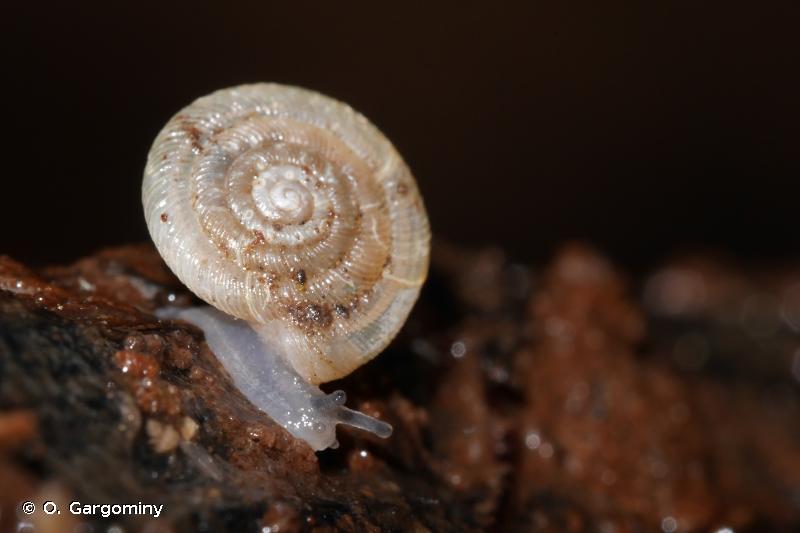
| Author : O. Gargominy |
 |
Despite the Creative Commons license, please inform the author of the use which will be made of his photo
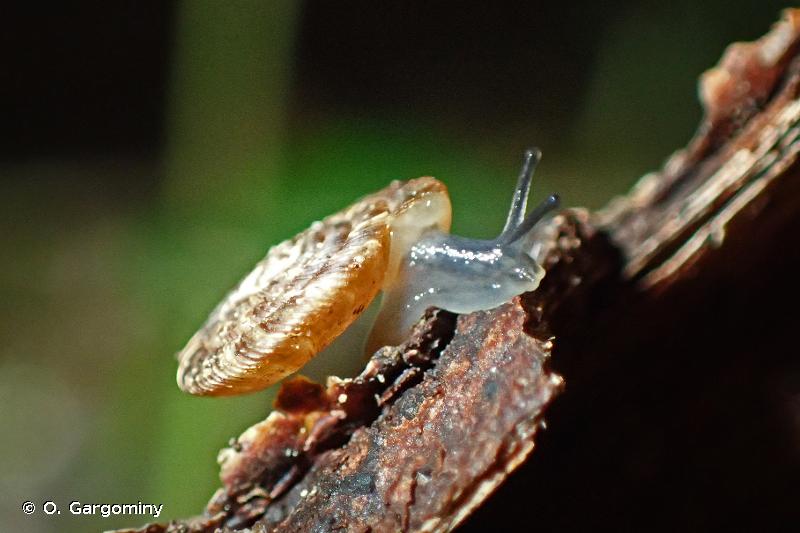
| Author : O. Gargominy |
 |
Despite the Creative Commons license, please inform the author of the use which will be made of his photo
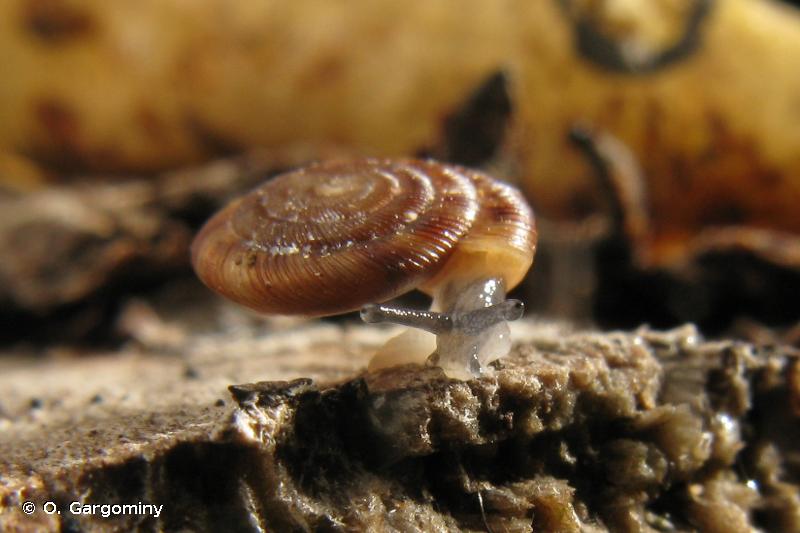
| Author : O. Gargominy |
 |
Despite the Creative Commons license, please inform the author of the use which will be made of his photo
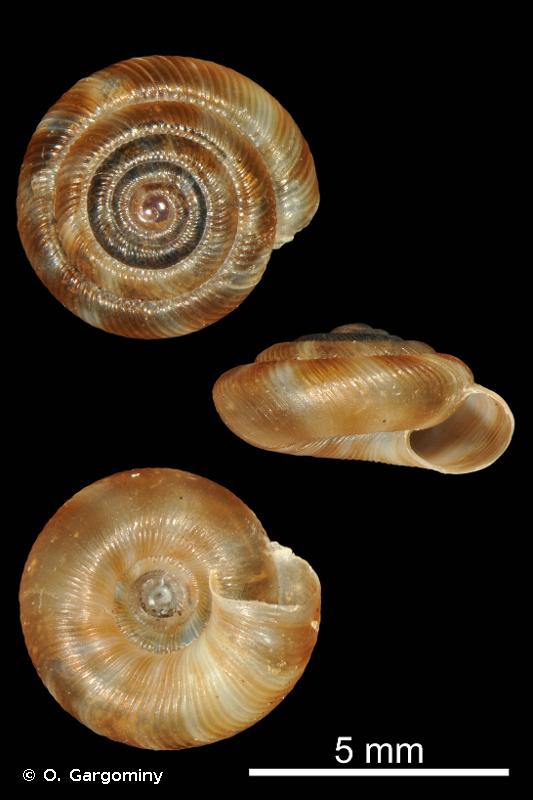
| Author : O. Gargominy |
 |
To get the picture, please visit:
Olivier Gargominy
Muséum national d'Histoire naturelle - Service du Patrimoine Naturel
36 rue Geoffroy Saint-Hilaire
75 231 PARIS CEDEX 05
mail : inpn@mnhn.fr
Despite the Creative Commons license, please inform the author of the use which will be made of his photo

| Author : O. Gargominy |
 |
To get the picture, please visit:
Olivier Gargominy
Muséum national d'Histoire naturelle - Service du Patrimoine Naturel
36 rue Geoffroy Saint-Hilaire
75 231 PARIS CEDEX 05
mail : inpn@mnhn.fr
Despite the Creative Commons license, please inform the author of the use which will be made of his photo
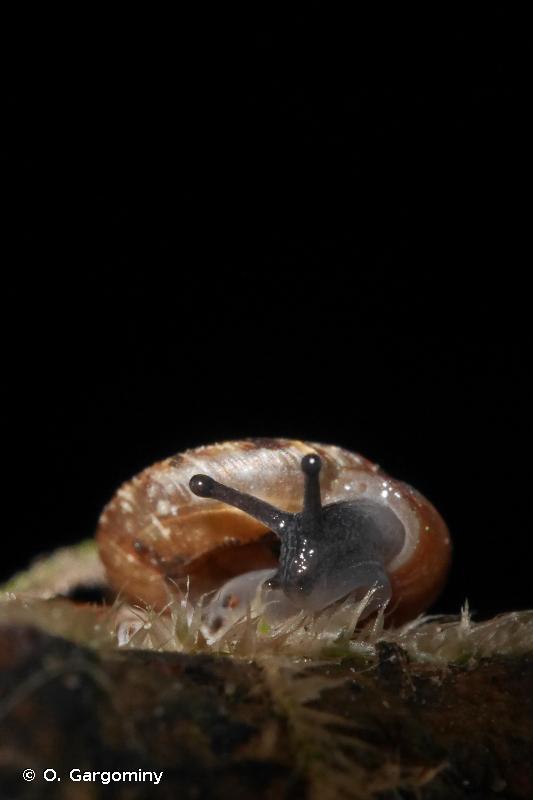
| Author : O. Gargominy |
 |
To get the picture, please visit:
Olivier Gargominy
Muséum national d'Histoire naturelle - Service du Patrimoine Naturel
36 rue Geoffroy Saint-Hilaire
75 231 PARIS CEDEX 05
mail : inpn@mnhn.fr
Despite the Creative Commons license, please inform the author of the use which will be made of his photo
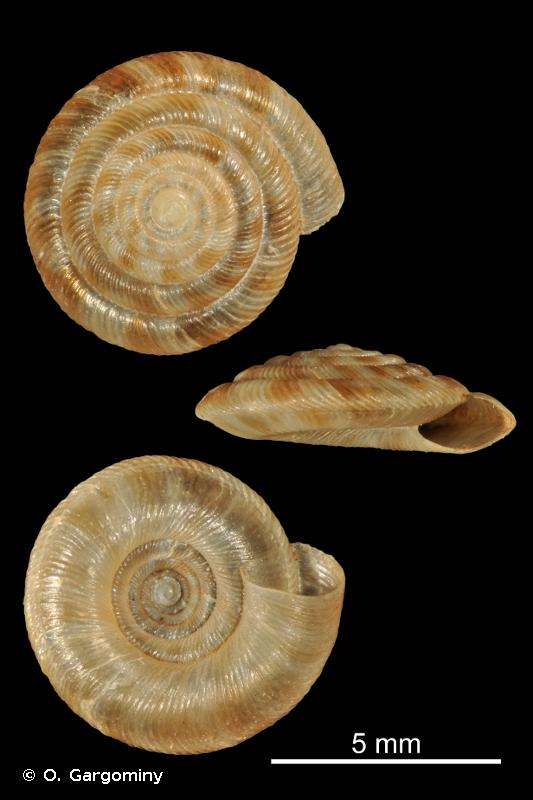
| Author : O. Gargominy |
 |
To get the picture, please visit:
Olivier Gargominy
Muséum national d'Histoire naturelle - Service du Patrimoine Naturel
36 rue Geoffroy Saint-Hilaire
75 231 PARIS CEDEX 05
mail : inpn@mnhn.fr
Despite the Creative Commons license, please inform the author of the use which will be made of his photo
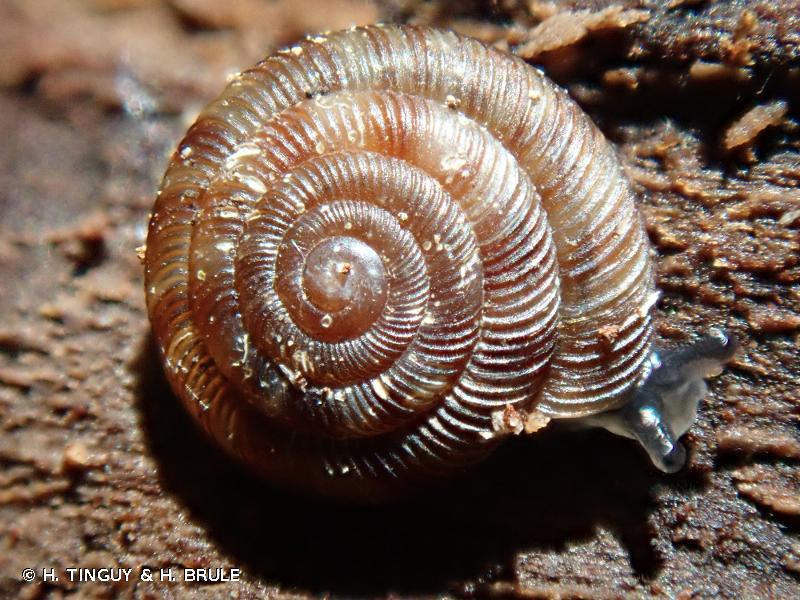
| Author : H. TINGUY & H. BRULE |
 |
To get the picture, please visit:
Hugues Tinguy
email : inpn@mnhn.fr
Despite the Creative Commons license, please inform the author of the use which will be made of his photo

| Author : H. TINGUY & H. BRULE |
 |
To get the picture, please visit:
Hugues Tinguy
email : inpn@mnhn.fr
Despite the Creative Commons license, please inform the author of the use which will be made of his photo
Taille/poids :
Largeur de la coquille 5,5 à 7 mm, hauteur 2,2 à 2,8 mm.
Diagnose :
Coquille discoïde et aplatie à parois relativement fines mais solides présentant un aspect satiné et des costulations régulières. La coquille est dextre et comporte 5 ½ à 6 ½ tours étroits avec une carène émoussée mais très nette à la ligne périphérique. L'ouverture est en forme d'ellipse régulière avec un péristome simple. L'ombilic est large représentant un tiers du diamètre de la coquille. Coquille brun jaunâtre pâle avec des bandes transversales brun-rouge aux contours flous et à intervalle régulier. On trouve également des spécimens unis avec une coquille blanchâtre ou verdâtre, ainsi que des spécimens sans tache. Le corps est gris-bleuâtre plus ou moins foncé.
Espèces proches :
Discus ruderatus présente une coquille à accroissement rapide avec une ouverture ronde et un dernier tour arrondi à la périphérie. Distribution cantonnée aux Alpes et aux Pyrénées.
Biologie-éthologie :
Se trouve dans des milieux très divers, de très humides à secs : bois, litières, sous les pierres, les troncs d'arbres, prairies humides. Mais également dans des emplacements secondaires, tels que ruines, vieux murs de jardin, jardins laissés à l'abandon et cimetières.
Biogéographique :
Espèce d'Europe centrale et de l'Ouest où elle y est commune jusqu'au sud de la Scandinavie. Largement répandue en France jusqu'à 2700 mètres dans les Alpes.
D'après: Kerney, M. P. & Cameron, R. A. D. 1999. Guide des escargots et limaces d'Europe. Identification et biologie de plus de 300 espèces. Adaptation française par A. Bertrand. Les guides du Naturaliste. Delachaux & Niestlé, Lausanne et Paris. 370 pp., 28 pl.
L. Léonard(UMS 2006 Patrimoine Naturel (AFB / CNRS / MNHN)),2016
Continental
Metropolitan France
Overseas
Marine
Metropolitan France
Overseas
The map presents a summary at the 10 x 10 km grid of the observation data for the species transmitted to the SINP. These data have been subjected to validation filters.
The map presents a reference distribution layer of the species at the scale of departments and marine sectors. The presence and absence data were established by expertise within a network of partners. This reference distribution is used in the validation process of the SINP data at the INPN level.
Corresponds to a report on the basis of at least one observation proved within a period of 10 years (20 years for little-known invertebrates) preceding the year and no presumption of extinction since obtaining the last data nor doubt on reproductive and implemented nature of this population. For migratory species, the presence indicated concerns areas of reproduction.
This status is based on one or more of the following criteria:
This point covers the absence, more difficult by nature to demonstrate than presence. This status is based on one or more of the following criteria:
This status must be assigned to a department in which the presence of the species is casual.
Particular case of absence due to a proven extinction less than a half century ago (older disappearances are treated as "no probable or definite").
In the state of knowledge, we can not comment on the presence or absence in the current department. This is the default status when not comprised in one of the previous categories or whenever there is doubt.
The map shows the global distribution of the species based on GBIF data (Global Biodiversity Information Facility).
